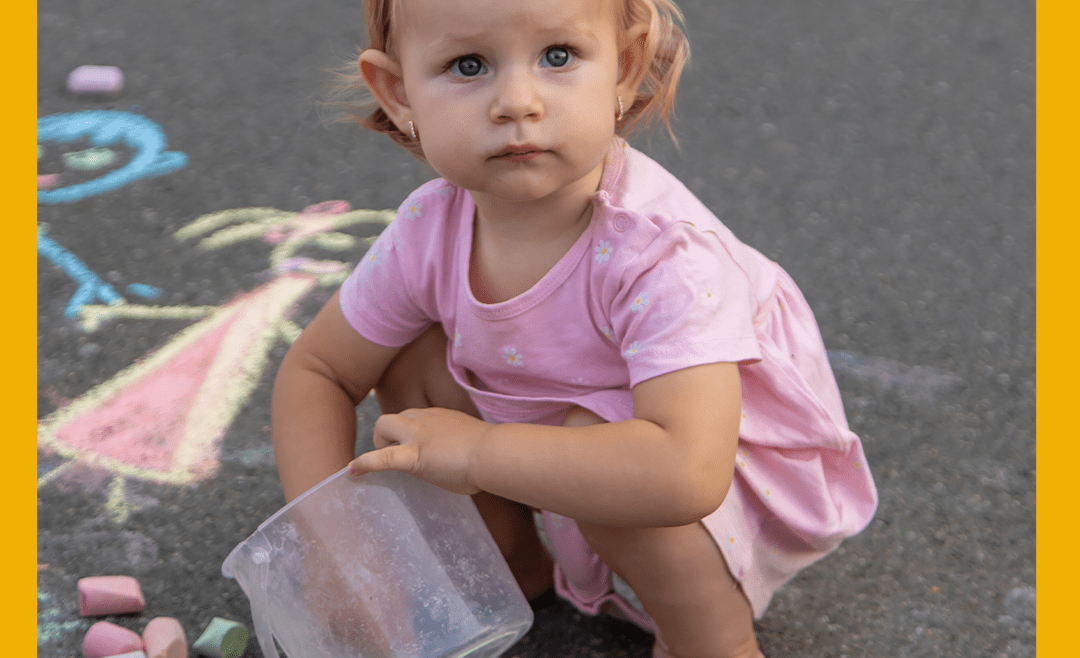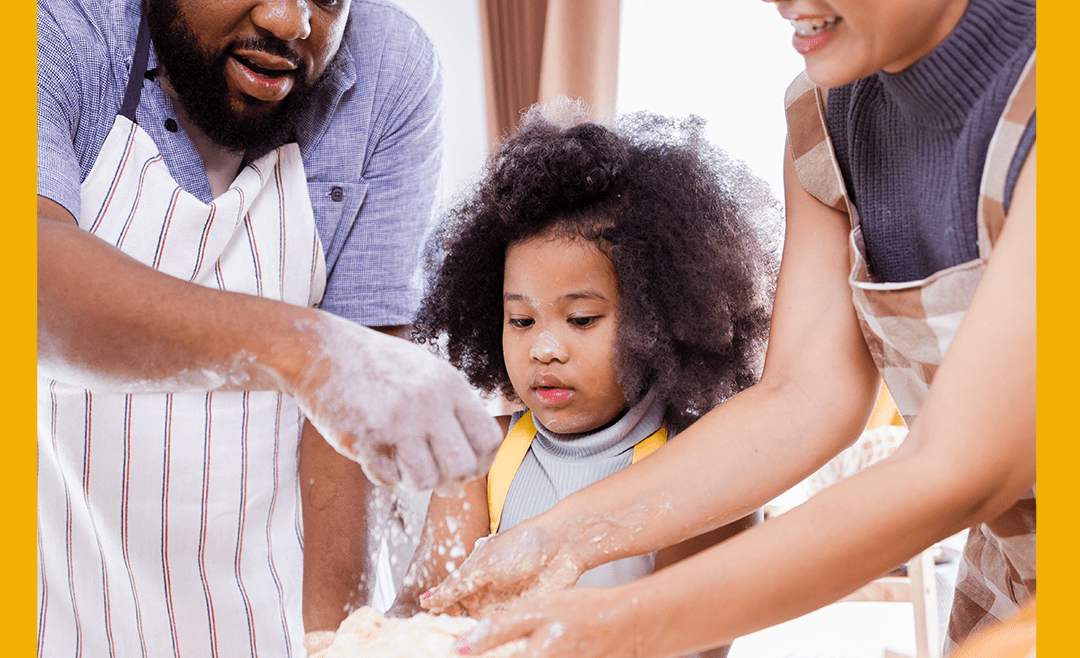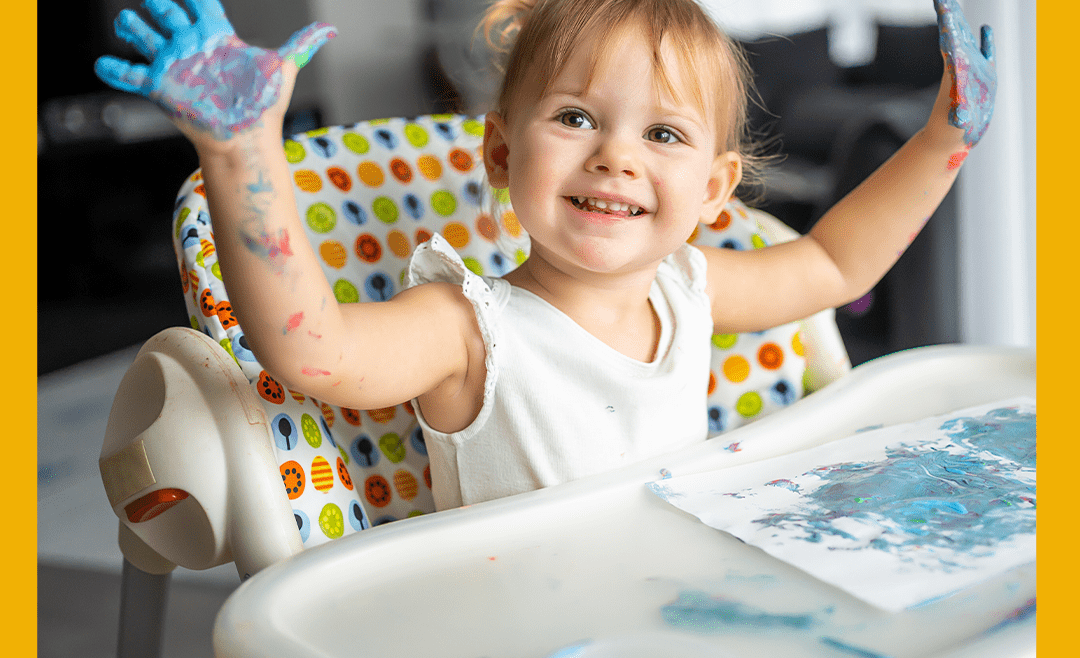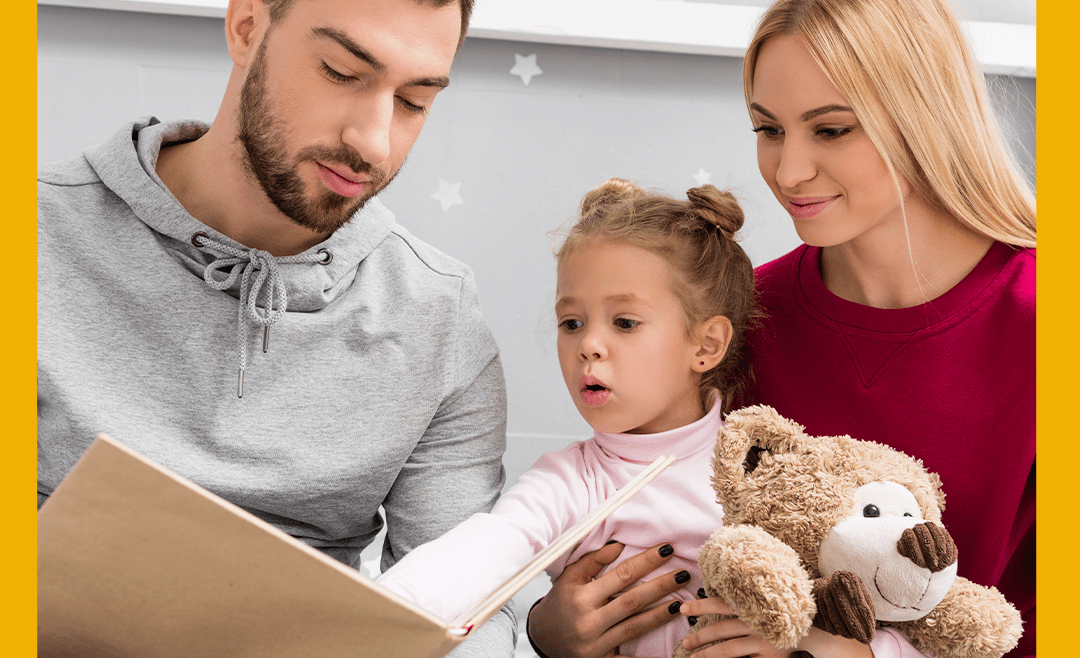Summer is the perfect time to get outside and soak up some sunshine all while supporting your child’s growth through play. Not only are outdoor activities fun, but they are a great way to encourage meaningful development in a low-pressure setting. With some sunscreen on hand and a little creativity, you and your child will have a blast trying out these awesome therapy-based activities this summer.
1. Get Creative With Chalk
Playing with chalk allows your child’s imagination to shine. Chalk is very versatile and there are so many different ways to use it during playtime. One of our favorite ideas is to take turns drawing animals and guessing what the other person drew. Then, you can get silly by pretending to move and sound like that animal.
Another way that we like to use chalk is to draw a hopscotch board–but with a twist! Draw the hopscotch board like you normally would, but for some of the spaces, write down an action that your child will have to perform when they land on that space, such as spinning around, bending down, or reaching high in the sky!
Bonus Tip: Have your child work on identifying each different color of chalk.
2. Go on a Sensory Scavenger Hunt
It’s time for a sensory scavenger hunt! To begin, make a list of outdoor experiences, sounds, sights, and textures for your child to explore. This could include touching something soft, listening to a bird’s cheerful chirp, spotting a butterfly, searching for something blue, or smelling a flower. Then, once your child has completed the scavenger hunt, consider celebrating with a cold popsicle or juice box!
Bonus Tip: Ask your child to describe each item in their own words.
3. Stay Cool With Water Play
Keep cool in the summer sun with water play! Set up a water table or big bucket with sponges, spoons, and measuring cups. Your child will love scooping water into the cups and dumping them out, squeezing water out of the sponges, and splashing around. If you have more than one bucket, you can encourage your child to use the measuring cups to transfer water from one bucket to another.
For some added fun, hand your child a spray bottle and let them help you water the flowers or “paint” the sidewalk with water. If you want to turn it into a game, use chalk to draw different shapes or objects on the ground, and then call out which ones your child will have to find and spray.
Bonus Tip: Give your child a paint brush and let them “paint” water on different surfaces outside.
Wishing you all a safe and fun summer break! Keep an eye on our social media pages (Facebook, Instagram, Pinterest) all month long for more therapy-based activities, tips, and more! Additionally, please don’t hesitate to contact us if you think your child could benefit from pediatric therapy. We are here to support you and your family in any way that we can.











